Home / Albums / Tag Daily Life 34

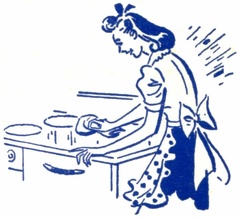 Care of the Electric Range
Care of the Electric Range Clean cooking
Clean cooking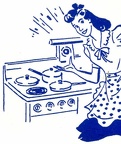 Surface Cooking on the Electric Range
Surface Cooking on the Electric Range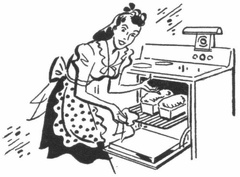 Using the electric range oven
Using the electric range oven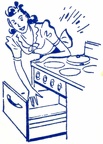 Warming Drawer
Warming Drawer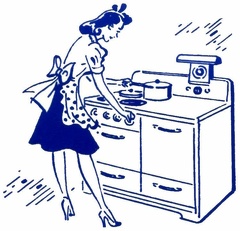 Electric Cooking in general
Electric Cooking in general Electric Range
Electric Range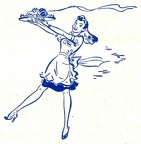 Happy with her electric range
Happy with her electric range Smart girls cook with electric
Smart girls cook with electric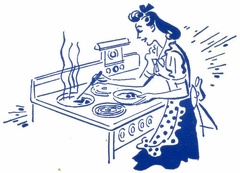 Deep Well Cooker
Deep Well Cooker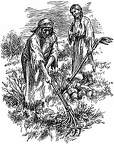 Gardening
Gardening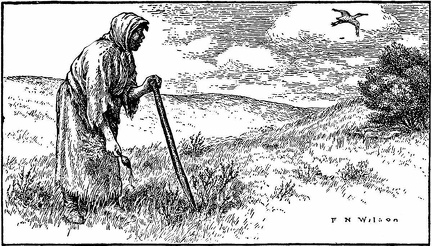 Harvesting
Harvesting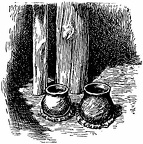 An earthen pot full of water stood by one of the posts near the fire
An earthen pot full of water stood by one of the posts near the fire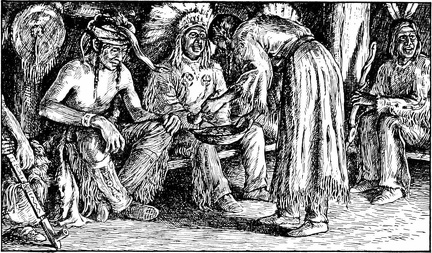 Kinship
Kinship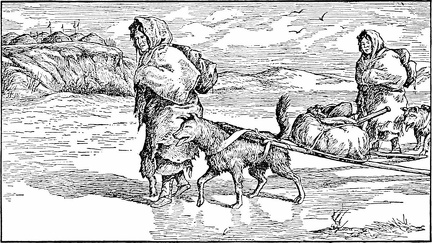 Our dogs dragged well-laden travois
Our dogs dragged well-laden travois Each dog dragged a travois loaded with wood
Each dog dragged a travois loaded with wood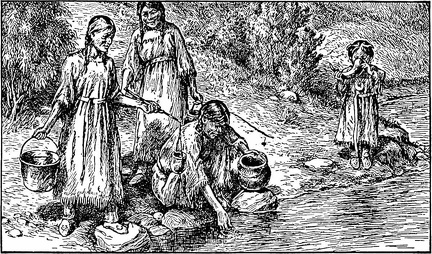 Learning to work
Learning to work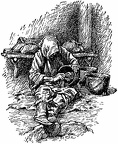 My two mothers, I knew, were planning a big feast
My two mothers, I knew, were planning a big feast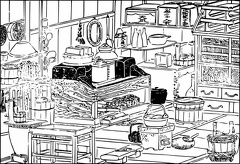 The Kitchen
The Kitchen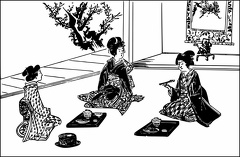 A meal
A meal How to hold chopsticks
How to hold chopsticks A meal-tray
A meal-tray Foot-warmers
Foot-warmers Cutting out the material using a pattern
Cutting out the material using a pattern Girl doing needlework
Girl doing needlework Lady doing needlework
Lady doing needlework Girl removing a spot on her clothes
Girl removing a spot on her clothes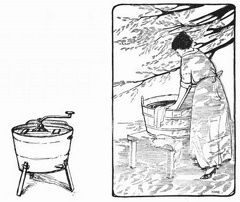 Lady washing out of doors on a warm day. This is the old way. She has just bought a washing machine.
Lady washing out of doors on a warm day. This is the old way. She has just bought a washing machine. The flax wheel
The flax wheel A trial fit before sewing the dress
A trial fit before sewing the dress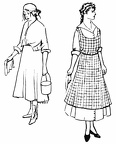 Which of these girls looks ready to do her work
Which of these girls looks ready to do her work Daniel Boone in his Cabin
Daniel Boone in his Cabin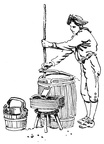 A Hand Corn Mill
A Hand Corn Mill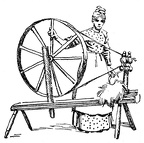 A Spinning Wheel
A Spinning Wheel



